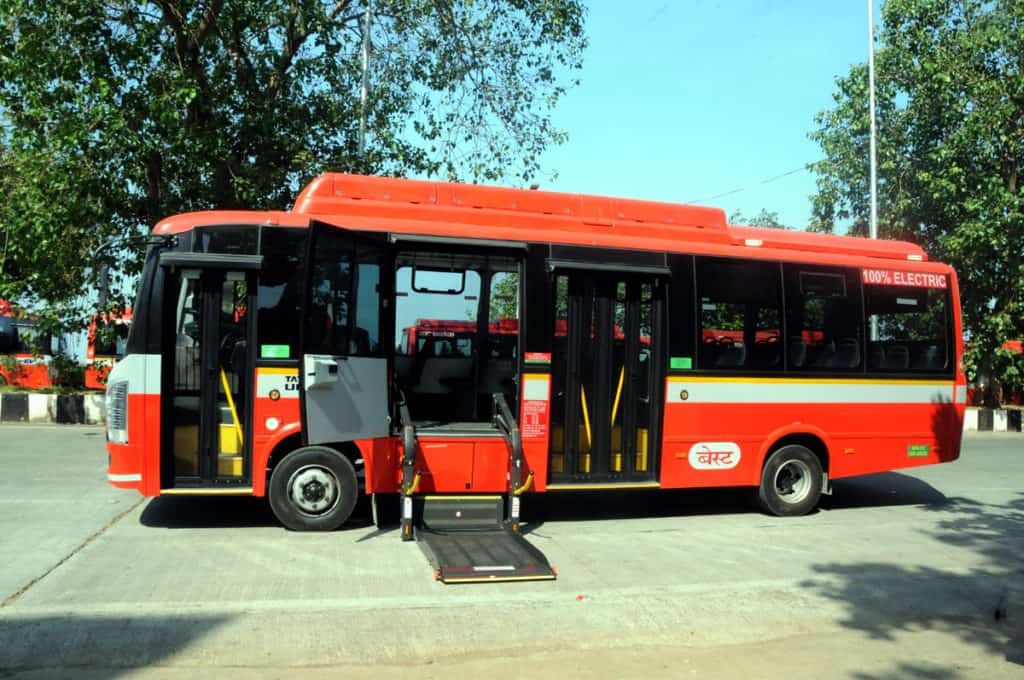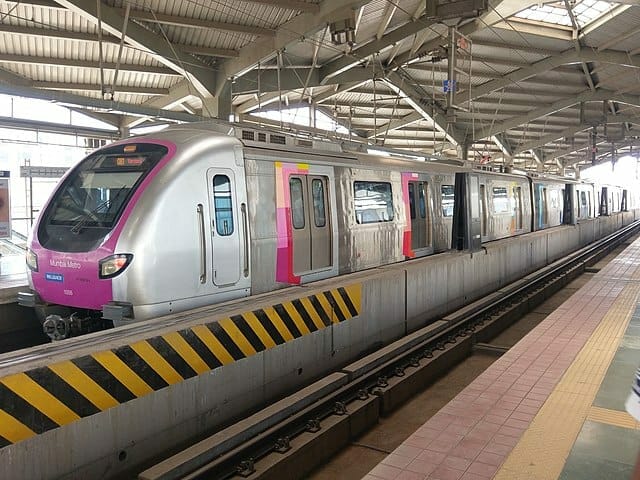The Mumbai Climate Action Plan (MCAP), announced by the Maharashtra government on August 28th was meant to democractise decision making in order to make Mumbai sustainable by considering suggestions from citizens, experts and research organisations. However, the ground reality seems very different. Numerous projects currrently being executed in the city have drawn strong criticism from experts and citizens.
Below are some of the concerns raised by experts which need to be addressed urgently.
Induced demand phenomenon
While some countries have dismantled their highways and coastal roads to promote public transport, Mumbai’s approach is something called induced demand; the economic concept that increasing the supply of something can meet demands. Here, it is roads.
Mumbai authorities are executing several road projects to combat the city’s overcrowding and traffic congestion. Like the Coastal Road project, Bandra-Versova bridge, Sewri-Worli connector, a bridge connecting Gorai with Borivali and the Sewri-Nhava Sheva bridge. But there is no data to suggest that building more roads is the solution to traffic congestion. If anything, they will only increase the number of vehicles on the roads, directly impacting air pollution, temperature, accidents and inconvenience to pedestrians and cyclists.
What Mumbai needs is not expensive road projects but eco-friendly public transport and infrastructure for non-motorized transport. Improvement of public transport is the only way to reduce traffic congestion.
Read more: The case against Mumbai’s Coastal Road project
Urban heat island effect
The urban heat island effect is the result of increasing concretisation, asphalt, glass, steel, deforestation, air-conditioning, etc, on surface temperatures.
Mumbai has lost 81% of its open land, 40% of plantation, and approximately 30% of its water bodies between 1991 and 2018, according to a recent study. Its average temperature has risen by two degrees Celsius in the same period.
What Mumbai urgently needs are sustainable Heat Action Plans. Unfortunately, ongoing and proposed projects in the city only increase heat and humidity. Especially removal of trees for a bullet train, metros and private construction projects, for which the Tree Authority grants permission without scrutiny (it approved the felling of 269 trees in October 2021). Authorities have further made announcements of ‘air-conditioning’ BEST buses and Mumbai suburban railways.
Rather than implementing plans to address the urban heat problem, the authorities seemingly prefer to give in to it.

Concretisation
Concrete is not only an emitter of heat (contributing to urban heat island effect) but is also harmful in other ways, such as high greenhouse gas emissions resulting from its production. According to a recent study, the developed area of Mumbai increased by 66% between 1991-2018.
Concretisation in Mumbai has largely been due to building construction, unnecessary infrastructure projects like metros and flyovers, and concretisation of ground surfaces. Some examples of the latter are the Green Wheels On Blue Lines cycling track project which is concretising the banks of Powai and Vihar lakes, concretisation of gardens in Bandra, concretisation of Mahim beach, and dumping of tetrapods (concrete structure with four supports) on Versova beach during the COVID-19 lockdown in violation of the Bombay High Court’s order.
Concretisation increases floods, blocks the flow of water into the ground, reduces absorption of pollutants, and when done near water bodies, affects aquatic life and availability of fish. Ecological solutions which eliminate or minimise use of concrete are needed.
Read more: BMC will cement roads to avoid potholes. Is it a good strategy?
Metros are not suitable
Metros are promoted as ‘public transport’. But we need to pay attention to how accessible and useful they are, evaluating them in relation to their financial, environmental and social cost.
Hundreds of trees have been removed for their implementation (303 trees are proposed to be cut for Metro 3, also called the Colaba-Bandra-Seepz transit line, after already removing hundreds of trees for this line). According to People’s Resource Centre, metros don’t satisfy the transport needs of a majority of people, do not reduce pollution, nor is there any public demand for them. For instance, the Metro 2 project, connecting Dahisar and Mankhurd, had received more than 1,000 objections in 2009 but has still gone ahead.
Talking about Metro 3 construction, one active citizen, Faredoon Bhujwala, shared how the development of the metro has been a disaster for many. “In early 2017, they made the mistake of cutting down 500-600 trees in one fell sweep,” he said. He added that during rush hour, the magnitude of the construction reclaims roads and leaves little space for vehicles. Water supply has been affected by the digging, so has the health of travelers and residents who are exposed to dust and noise.
The solution to Mumbai’s traffic problem is to provide prioritised, sustainable and affordable surface level transport such as buses on bus lanes and segregated trams, to encourage their use. Not more metros. The energy consumption of metros and monorails is also high, and this electricity is sourced from coal.
More metros thus means more electricity consumption, hence more burning of coal and more air pollution which affects the health of people.

While there are many other aspects of the MCAP to be talked about, understanding and addressing the above points will go a long way in making Mumbai sustainable and climate resilient.